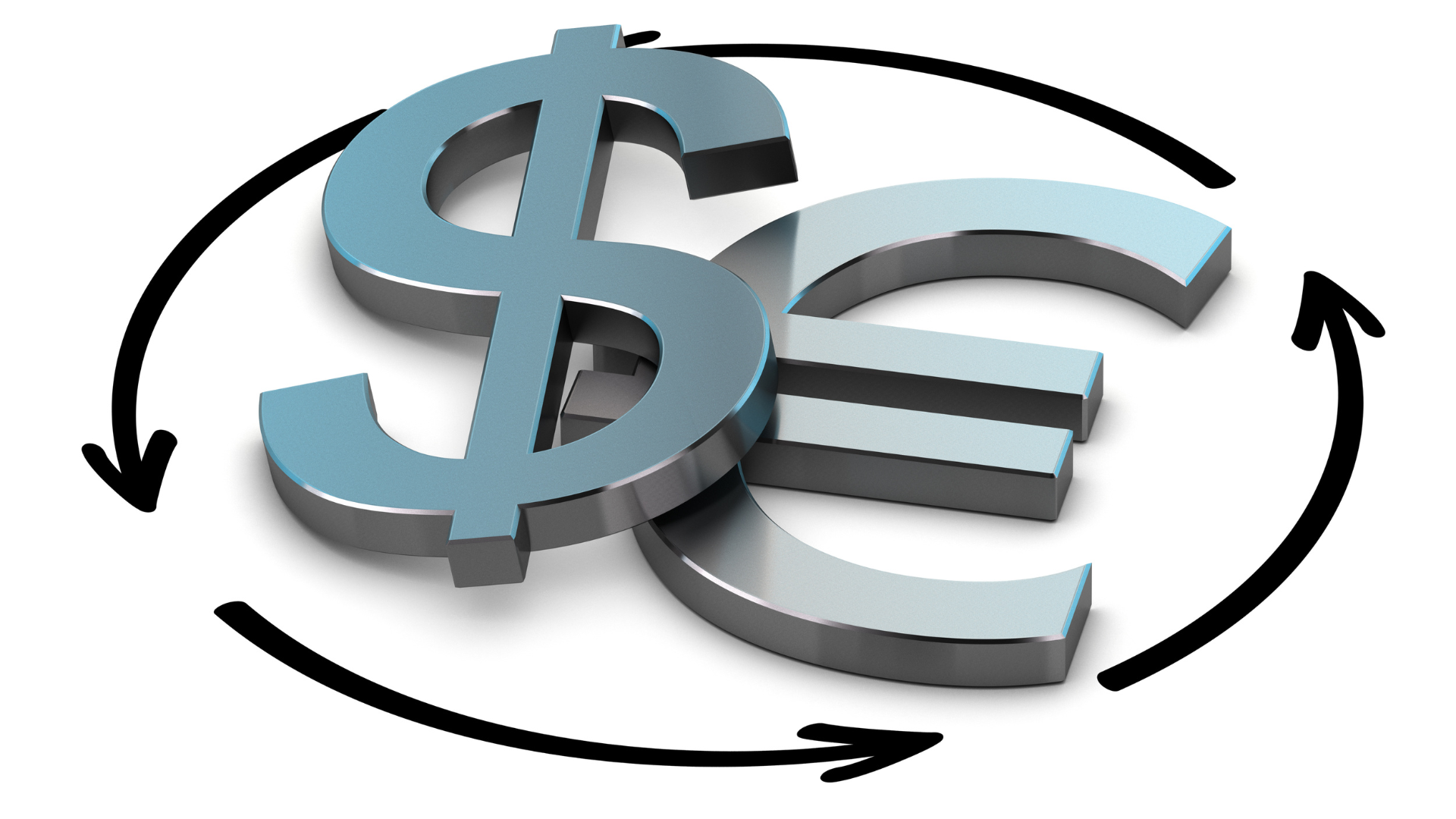The EUR/USD pair dipped below 1.0500 on Monday, snapping its recent winning streak as traders reassessed expectations for future monetary policy. The euro’s pullback comes after a strong performance last week, with investors now shifting focus to upcoming economic data and central bank signals.
The U.S. dollar regained some strength as Treasury yields stabilized, limiting further gains for the euro. Markets remain cautious ahead of key U.S. inflation data, which could influence the Federal Reserve’s stance on interest rates. While expectations for Fed rate cuts later this year have supported risk assets, any signs of persistent inflation could delay policy easing and strengthen the dollar.
Meanwhile, the European Central Bank (ECB) is facing its own set of challenges. Recent data suggests the eurozone economy remains fragile, raising speculation about when the ECB might consider cutting interest rates. Some policymakers have signaled a more patient approach, but if economic weakness continues, pressure to ease policy could grow, further weighing on the euro.
Technical analysis shows support for EUR/USD around 1.0450, while resistance near 1.0550 could cap any recovery attempts in the short term. A decisive break below key levels could trigger further downside, while a move above resistance may reignite bullish sentiment.
Looking ahead, traders will closely watch U.S. inflation numbers and ECB statements for new clues on monetary policy direction. If the Fed adopts a more hawkish tone, the dollar could gain additional strength, keeping pressure on the euro. On the other hand, weaker U.S. data might revive expectations for rate cuts, potentially lifting EUR/USD back above 1.0500.
For now, the euro’s recent rally has stalled as markets await fresh catalysts. The battle between Fed and ECB policy expectations will continue to drive the currency pair’s direction in the weeks ahead.













